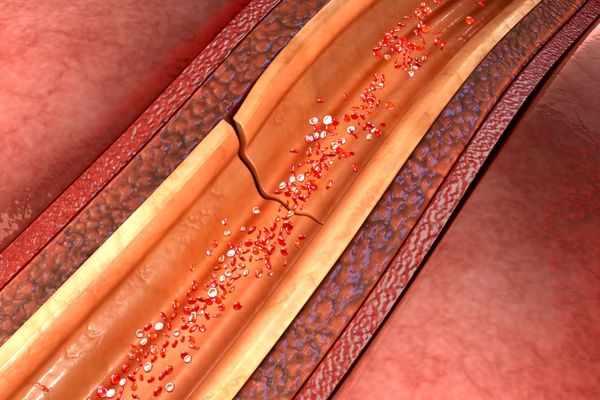Now that you know your numbers, what do they mean? The chart below will help you make sense of these often-confusing, always-important digits. Get tips for lowering high blood pressure and high cholesterol.
| Test | Range | What it Means |
| Total cholesterol | Less than 200 mg/dL | Ideal |
| Between 200 and 239 | Borderline high | |
| 240 and above | High | |
| LDL ("bad") cholesterol | Below 100 mg/dL | Optimal |
| Between 100 and 129 | Near optimal/above optimal | |
| 130-159 | Borderline high | |
| 160-189 | High | |
| 190 and above | Very high | |
| HDL ("good") Cholesterol | Less than 50 mg/dL for women; less than 40 for men | Low; A major heart disease risk |
| 50 to 60 for women; 40 to 50 for men | Average | |
| 60 mg/dL or more | Ideal. Helps lower your risk of heart disease | |
| Triglycerides | 149 or lower | Normal risk of coronary artery disease |
| 150 to199 | Borderline high risk of coronary artery disease | |
| 200 to 499 | High risk of coronary artery disease | |
| 500 or above | Very high risk of developing coronary artery disease | |
| Blood pressure | Less than 120/80 mm Hg | Normal blood pressure |
| Between 120/80 mm Hg and 139/89 mm Hg | Prehypertension,* with twice the risk of developing hypertension | |
| 140/90 mm Hg to 159/99 mm Hg | Stage 1 hypertension | |
| 160/100 mm Hg or higher | Stage 2 hypertension |
* Hypertension is the medical term for high blood pressure.






